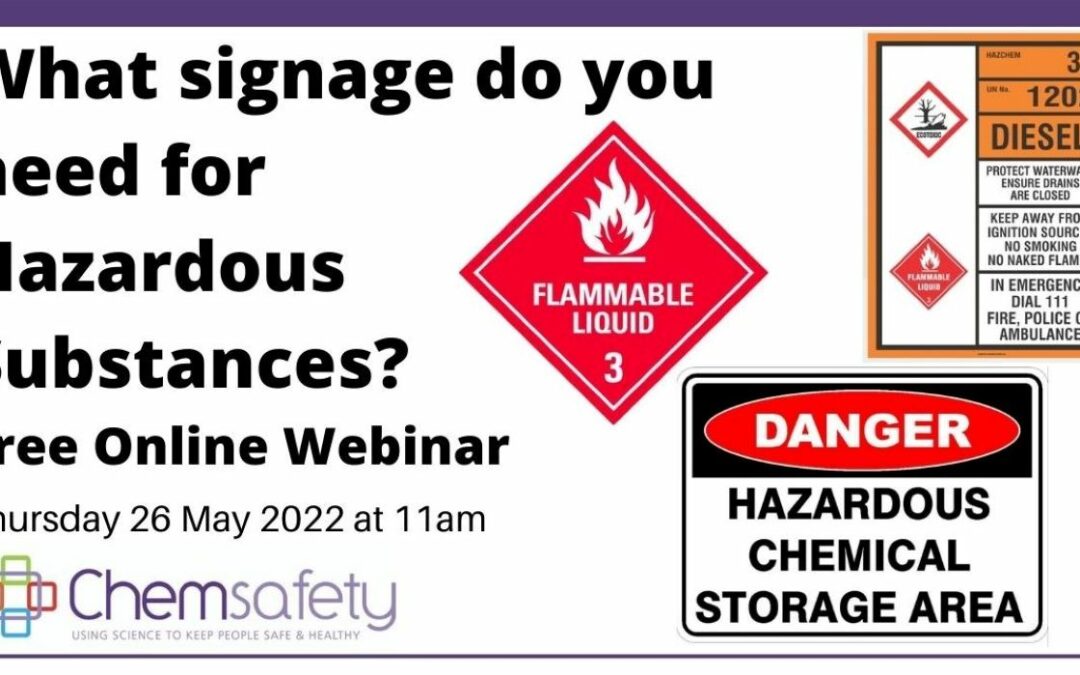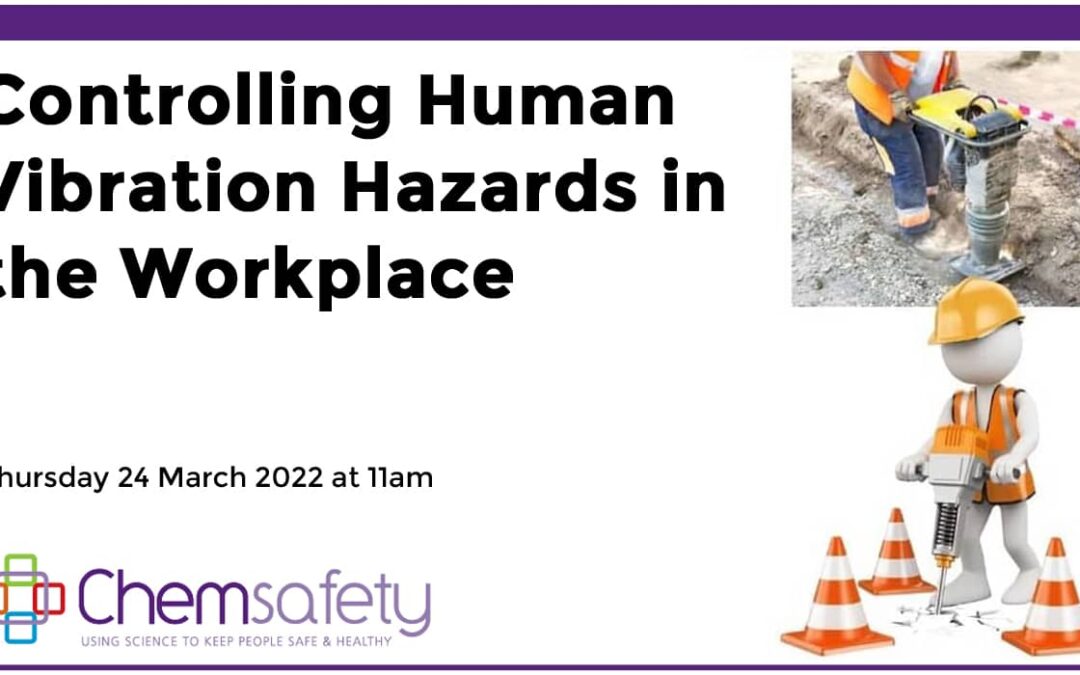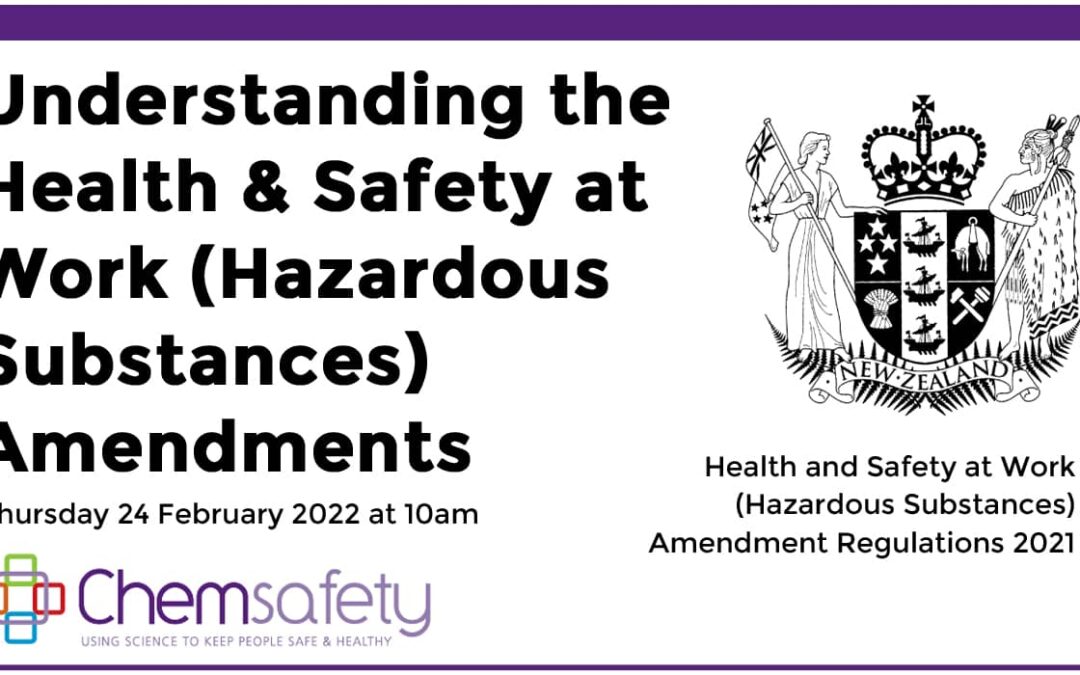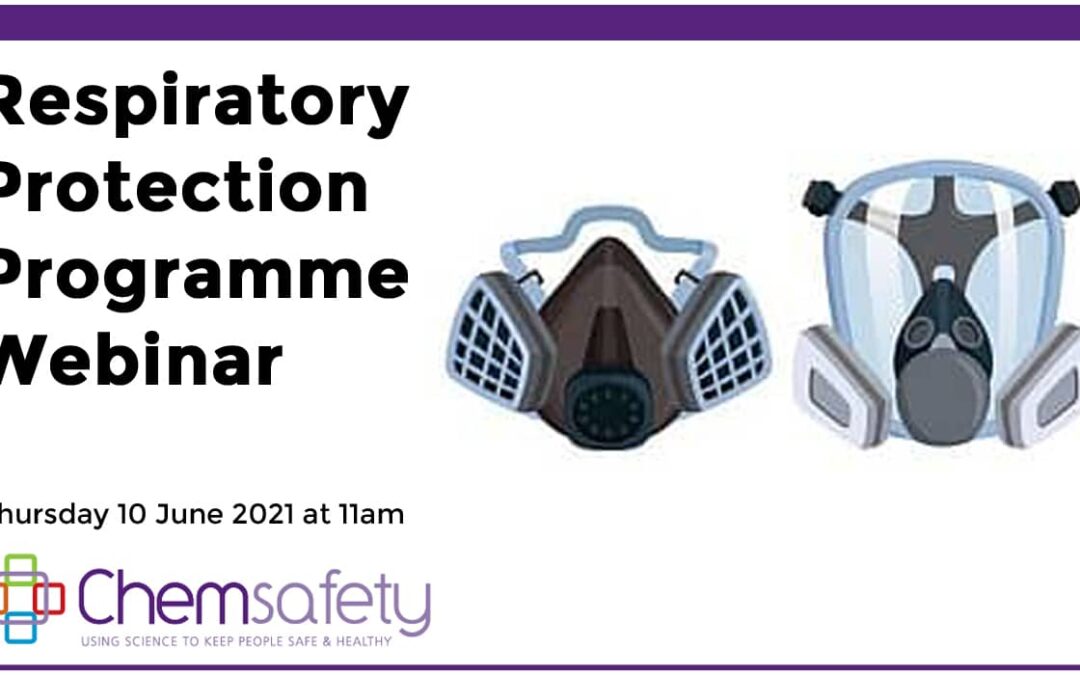


Understanding & Managing Workplace Noise Control Options
Join our Occupational Hygiene Team Leader and Senior Consultant Sam McGee as he introduces you to some of the noise control options available in the workplace including engineering controls and hearing conservation plans. Click here to...
Controlling Human Vibration Hazards in the Workplace
Join Wellington Occupational Hygienist Christine de Klerk who will give an overview of both hand-arm vibration (HAV) and whole-body vibration (WBV). Human vibration is the effect of mechanical vibration on the body. In some cases, vibration can be unpleasant or even...
Understanding the H&S at Work (Haz Subs) Amendment Regulations 2021
Towards the end of last year the long awaited Health and Safety at Work (Hazardous Substances) Amendment Regulations were released (they came into force on 4 January 2022). The amendments correct some errors in the regulations, and clarify means of compliance for...
Respiratory Protection Program
Respirators (dust masks, half face masks etc.) are a common tool for controlling exposure to dusts and chemicals. However, PPE is last on the hierarchy of control because many factors can affect how well they protect people from the hazard. A Respiratory Protection...
